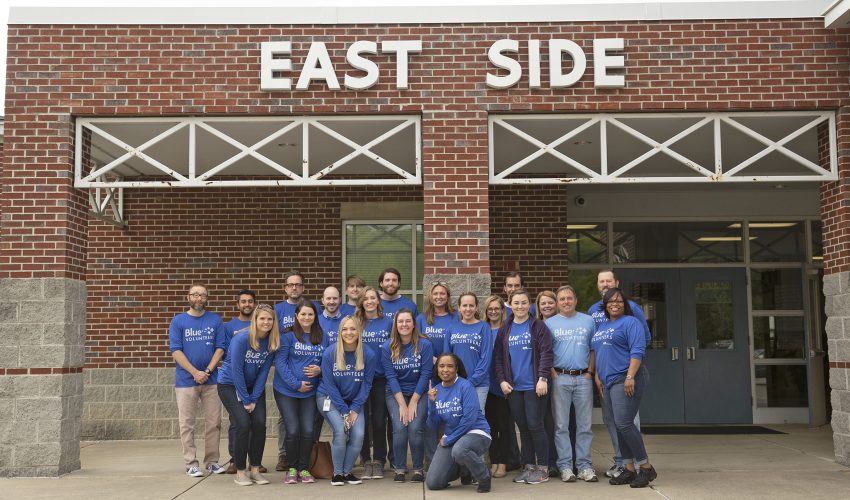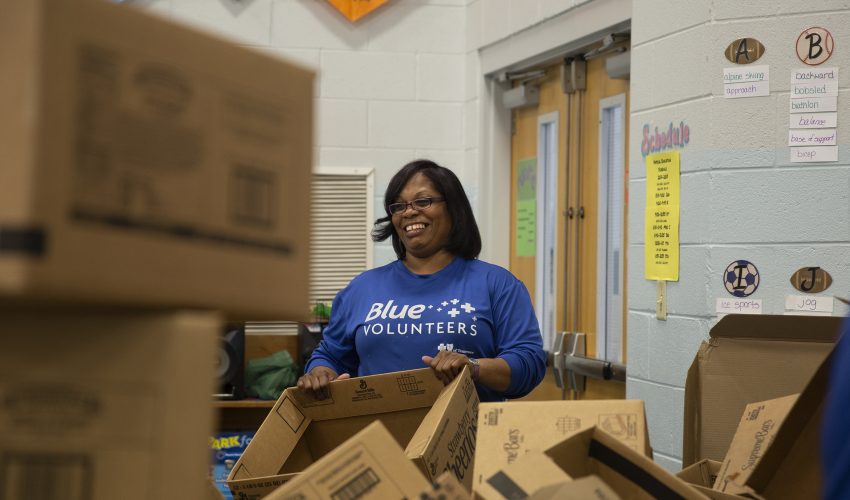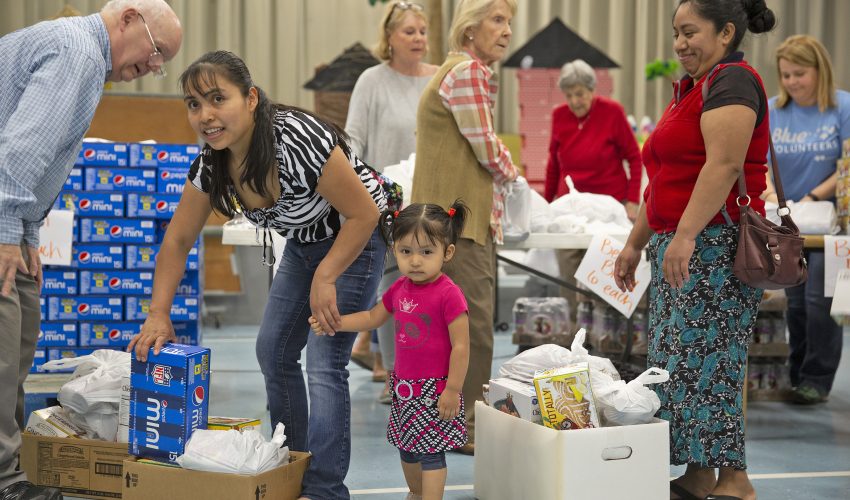“Prickly.”
“Yummy.”
“Sweet.”
“Mushy.”
“Gross!”
Feed a five-year-old kiwi fruit for the first time and the reactions will vary. The one thing they’ll all be: honest.
“Kiwi was a big deal — the kids loved it, but they were very confused about what it was at first!” says Kelsey Huynh, K-3 Exceptional Education Teacher at East Side Elementary in Chattanooga. “Kids are always excited about tasting and talking about new foods. Starfruit or broccoli or snap peas — even if they don’t like something, they learn from it.”
Understanding that honeydew melon tastes very different than watermelon, even though they sound the same, builds vocabulary. If they try and enjoy cantaloupe or green grapes at school, they might ask their parents to buy those at the store, which can lead a parent to bring more fresh food into the house. Whatever the child’s reaction, it’s the opportunity that’s important.
“Being willing to try new things opens kids up, and learning what they do and don’t like helps them to figure out who they are,” says Huynh.

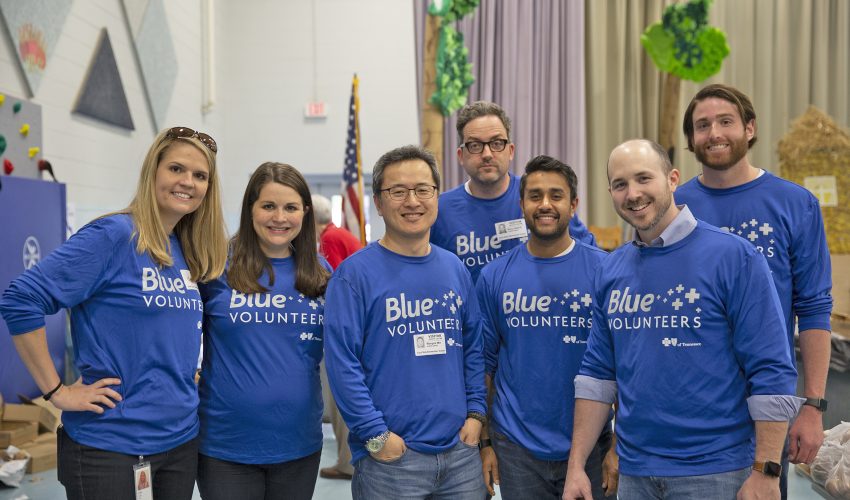


Produce power
Identity building wasn’t the goal when the U.S. Department of Agriculture-funded Fresh Fruits and Vegetables Program came to East Side, but it’s a happy side effect. The focus is introducing children in low-income areas to a variety of produce, helping them develop healthier eating habits with the aim of combating childhood obesity. The program also provides healthy snacks to fuel kids throughout the day.
“If you’re hungry you can’t learn — it’s as simple as that.”
So says Carmen Davis, a BlueCross Community Relations Specialist who’s been volunteering at East Side for several years.
Through Team BLUE, Davis and others volunteer twice a week to clean, chop, package and deliver healthy snacks to the East Side kids. Since 2015, more than 200 Team BLUE volunteers have participated in food distribution programs at the school, filling a critical gap in volunteers that had threatened to shut the programs down. The faculty is well aware of how important this work is; they used to work late to do it themselves.
“At school when we deliver the food, the teachers are so appreciative and the kids are always so excited,” says Davis. “Most of these kids are at or below the poverty level, and all receive free breakfast and lunch. For some, the only whole meals they’ll have all day are at school. To know they’ll get a little extra something to help them focus and make it through the day is so important.”
The connection between healthy eating and academic success has been proven repeatedly. Hunger is associated with lower grades, higher absenteeism, repeating a grade and an inability to focus. Deficits of key nutrients (vitamin A, calcium, iron) also make kids more susceptible to lower grades and higher absenteeism and tardiness.
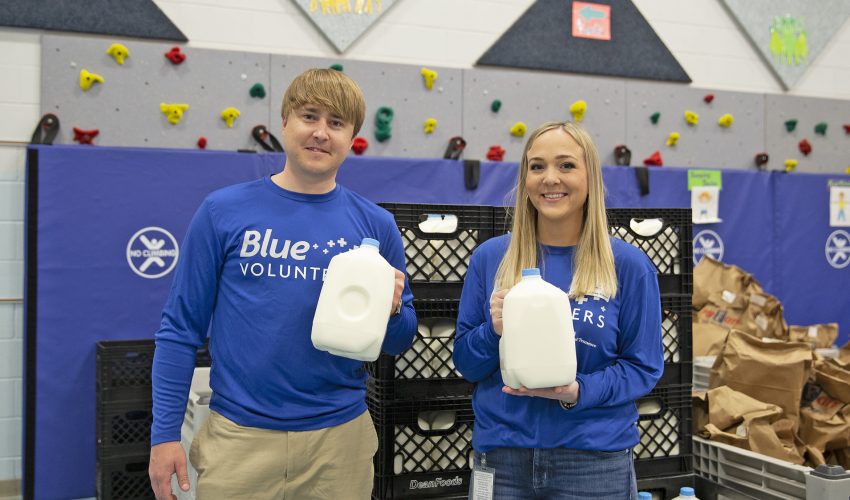
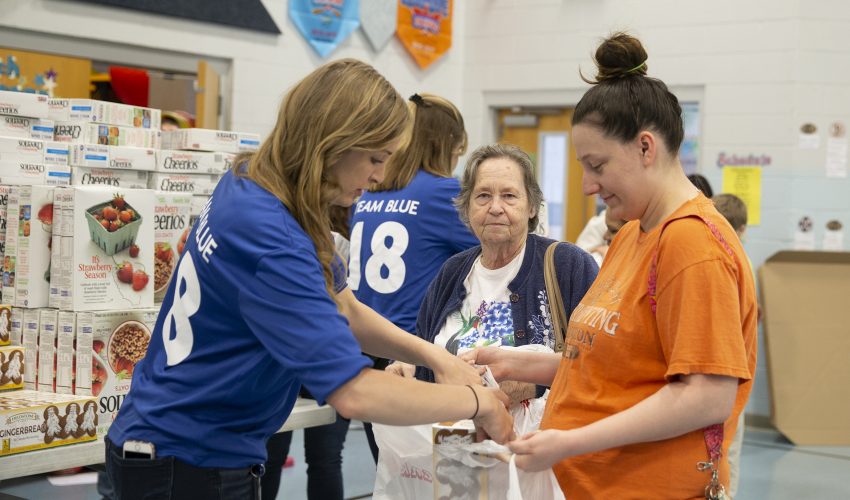
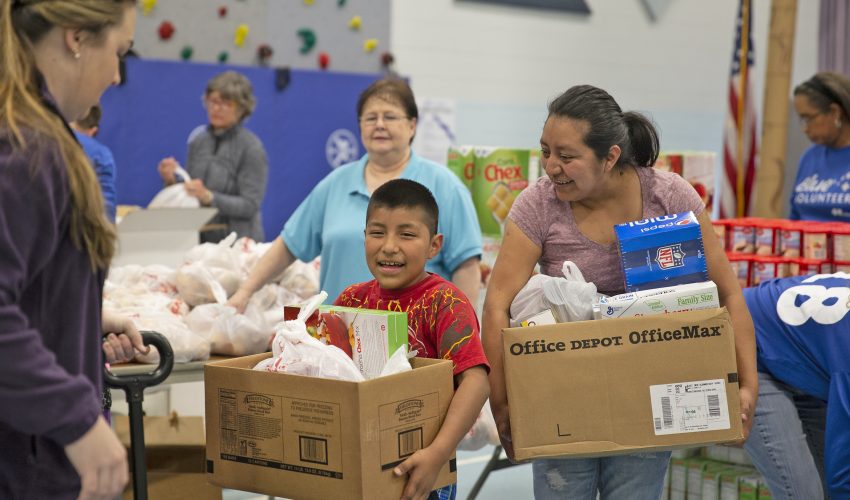
Going mobile
Schools can’t fight those effects alone. To ensure kids and families are getting the nutrition they need, East Side and BlueCross add another layer of support.
“We also help out with the USDA Mobile Pantry program,” says Davis. “Once a month families can come in and get a box of healthy foods: potatoes, cereal, chicken. These are bulk items that, in theory, should last the family a month.”
Team BLUE volunteers help sort the pantry items and carry them to families’ cars. Over time, they get to know the children and parents, which deepens the volunteers’ connection to the school. It also helps the school foster other connections.
“The greatest part about the BlueCross volunteers is that they are always so enthusiastic but also there is no sense of pity,” Huynh says.
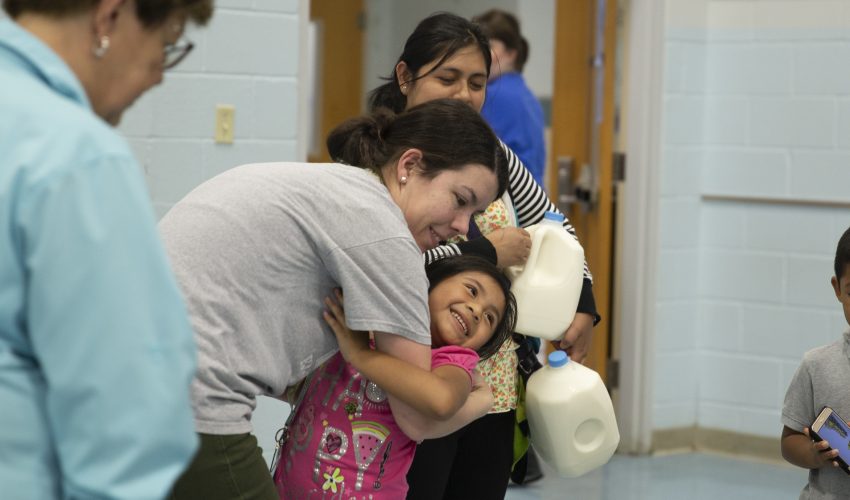


“People can easily feel pitied when you have volunteers, especially when it’s something about food distribution — there’s an unspoken stigma around accepting help. That never happens with BlueCross volunteers. Mobile pantry helped open up our communication with a lot of the parents, and a lot of that is because of BlueCross.”
The admiration is mutual.
“The learning environment they create for those kids at East Side is beautiful,” Davis says. “We’re just glad to play a small part.”
